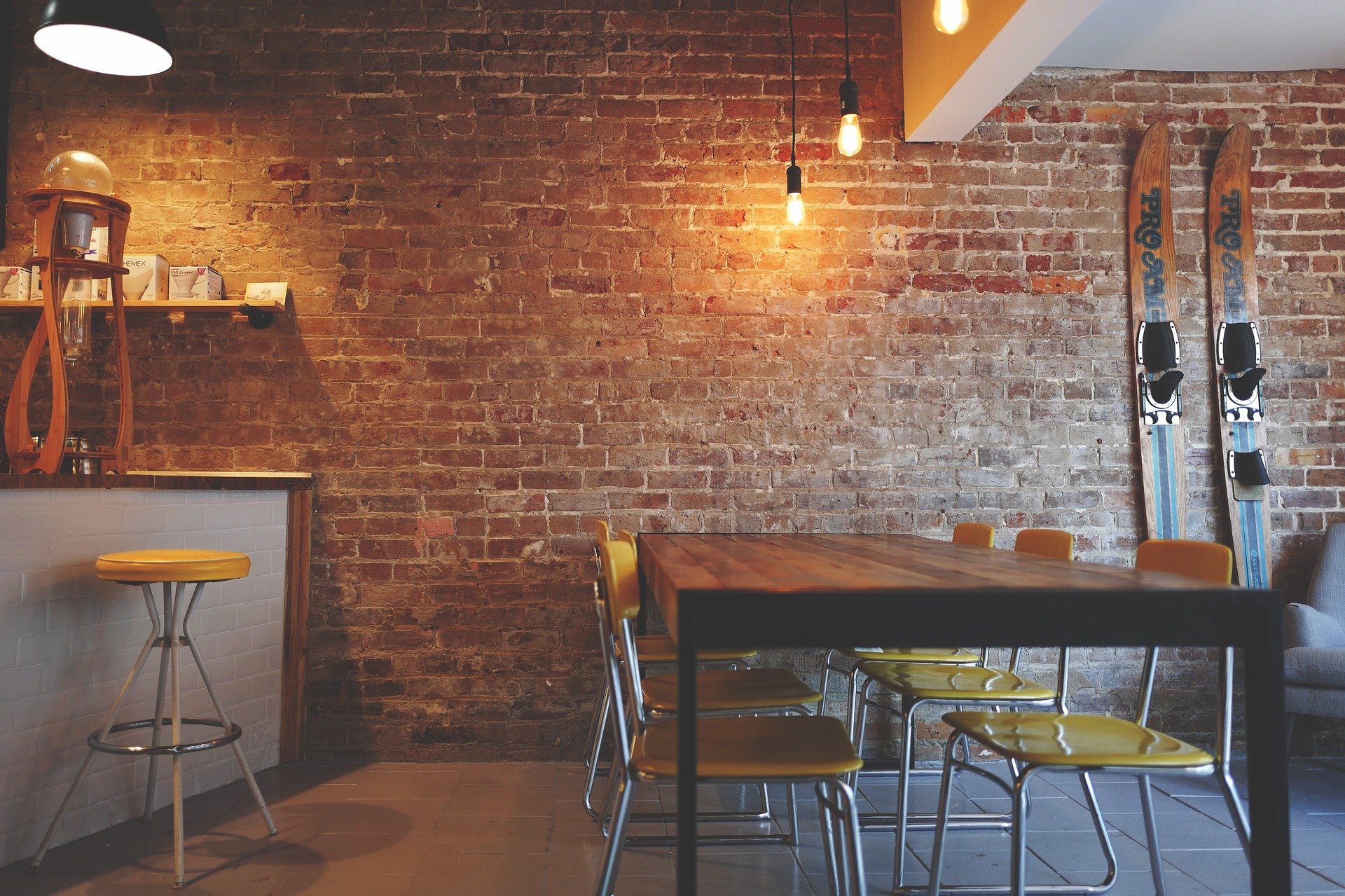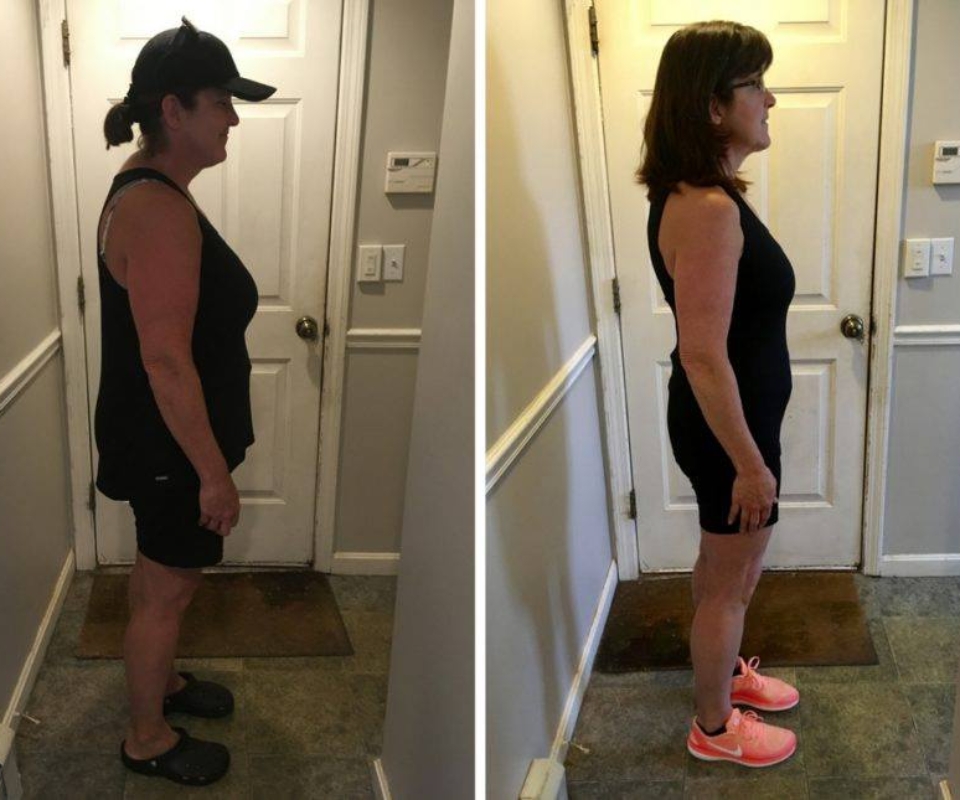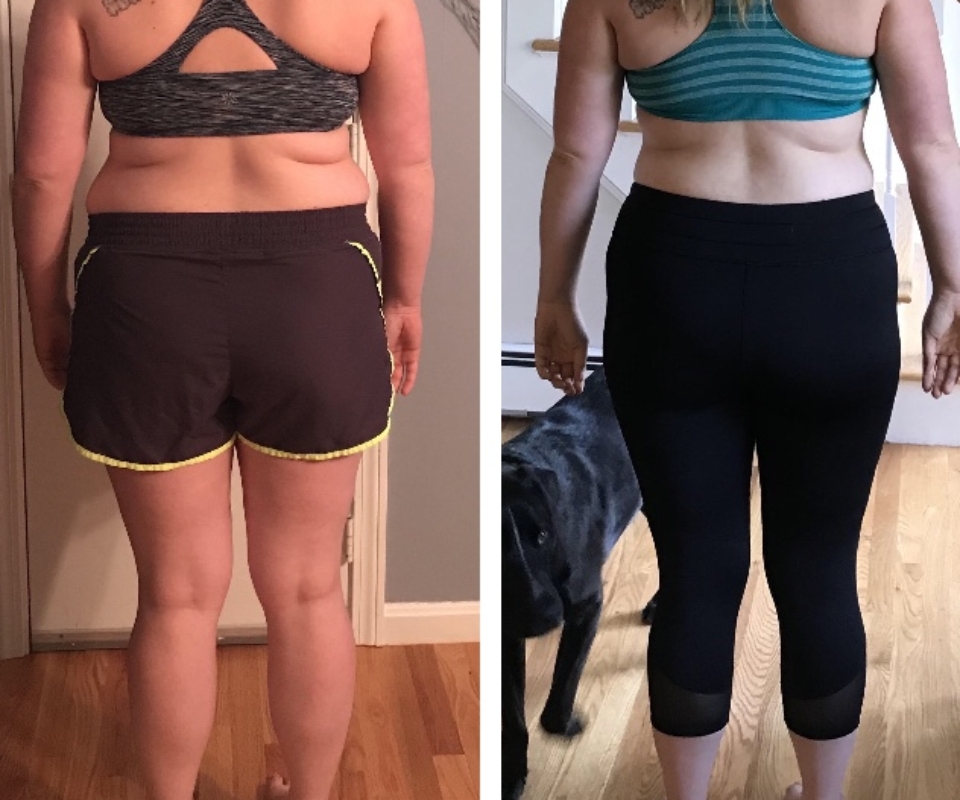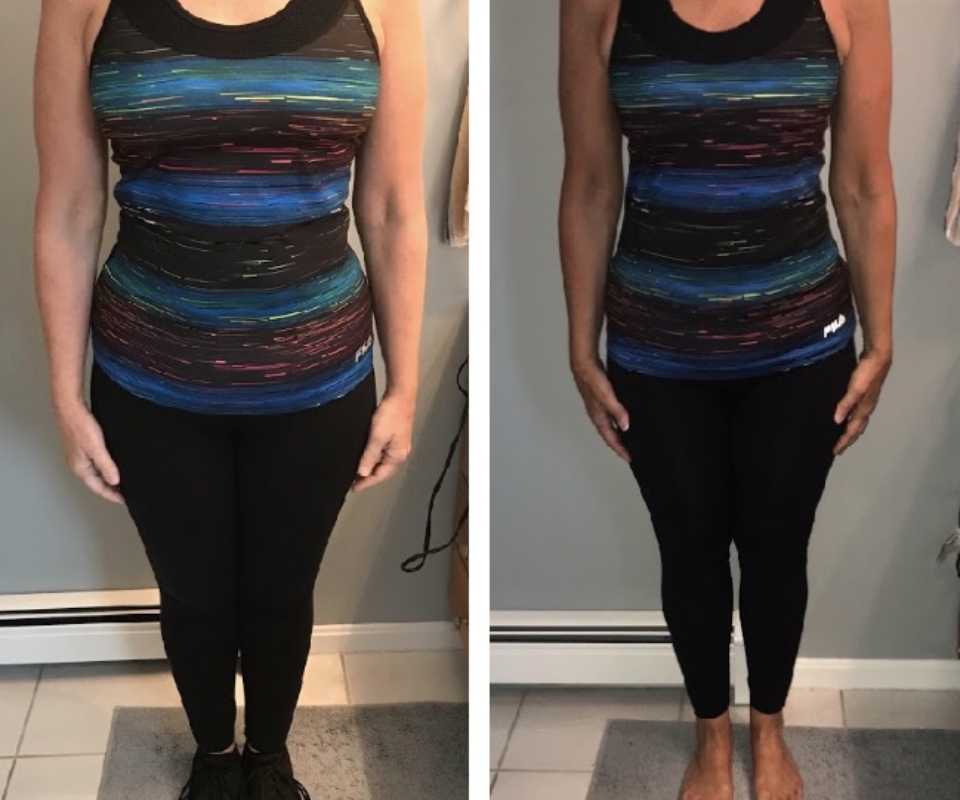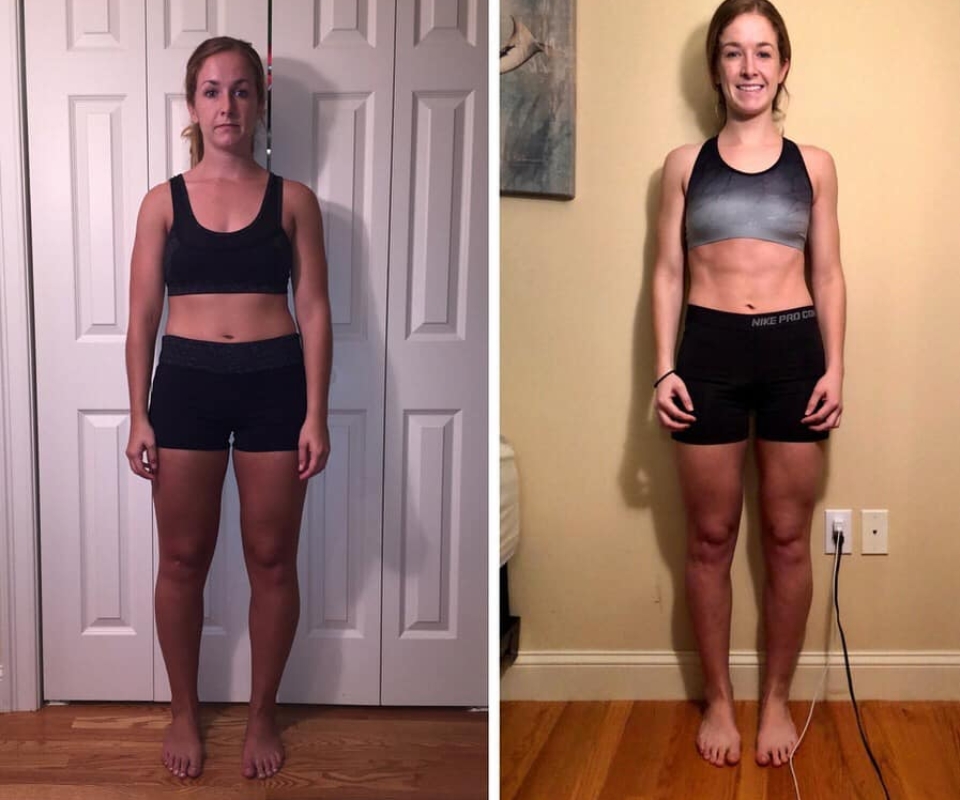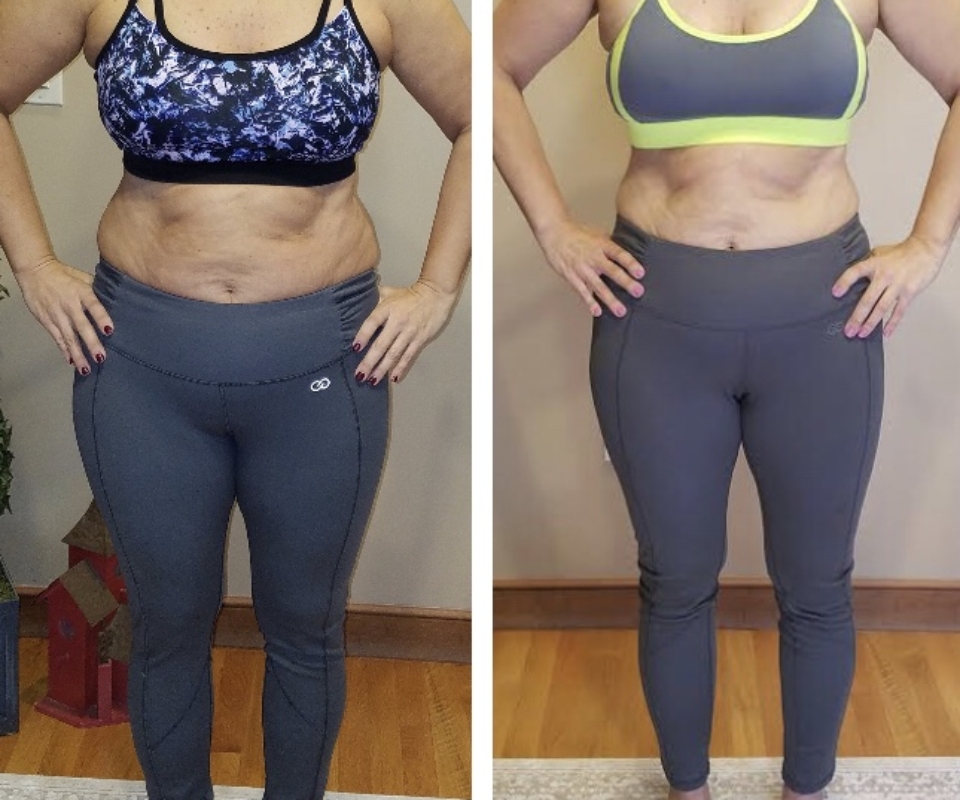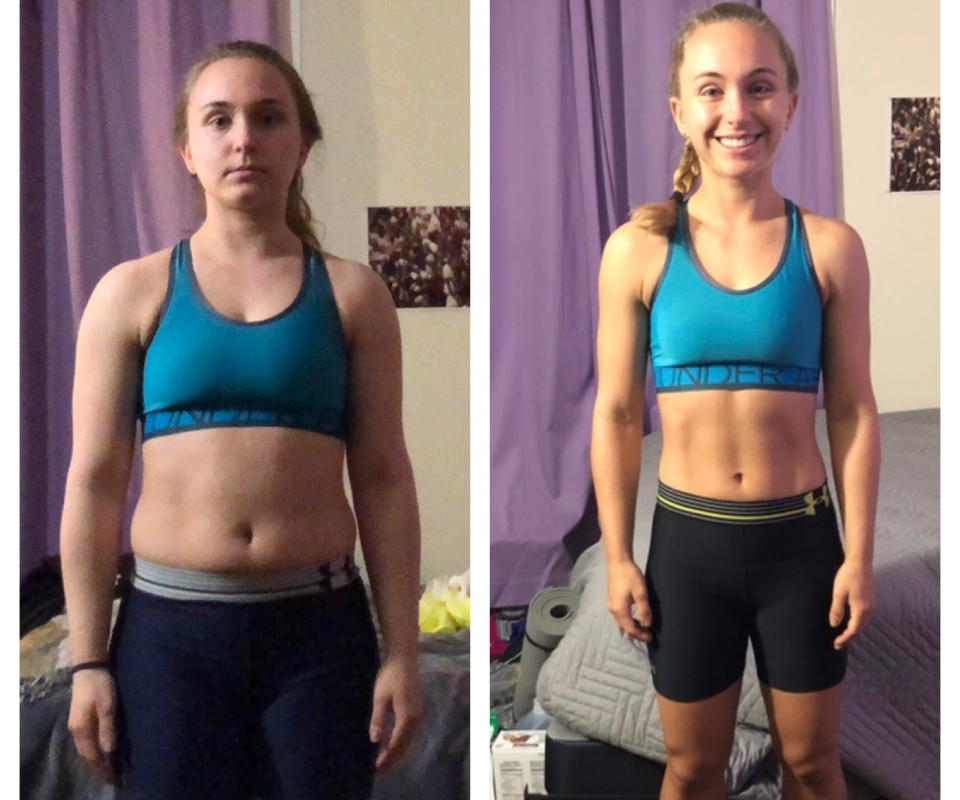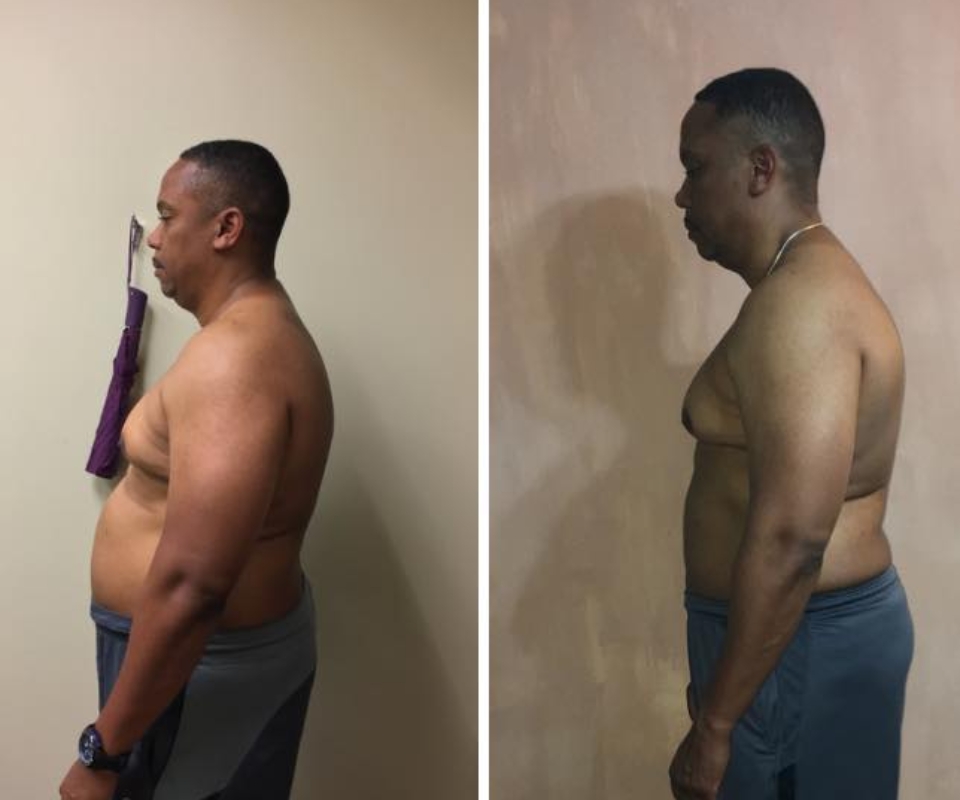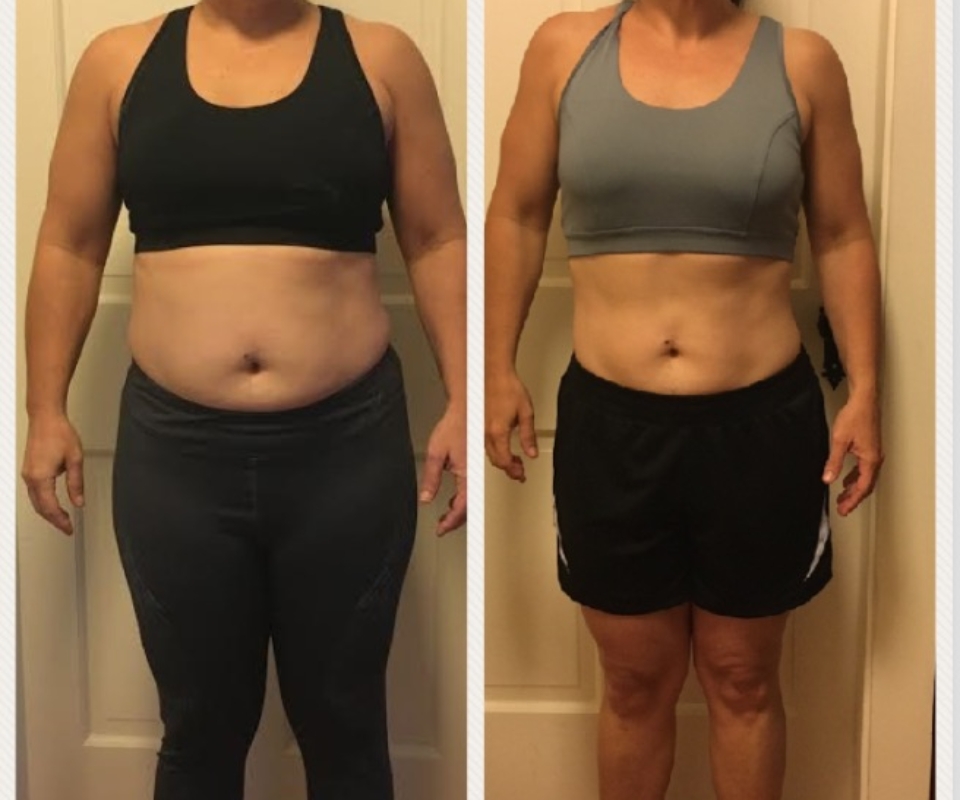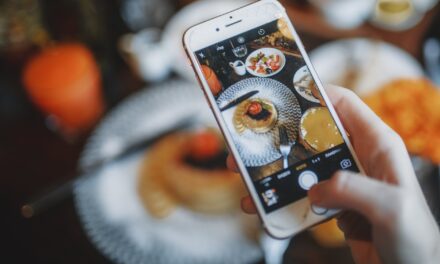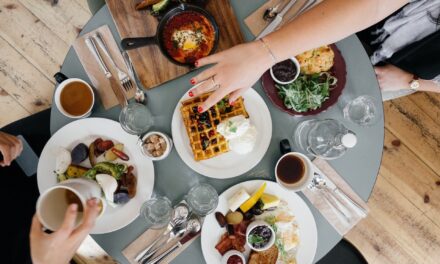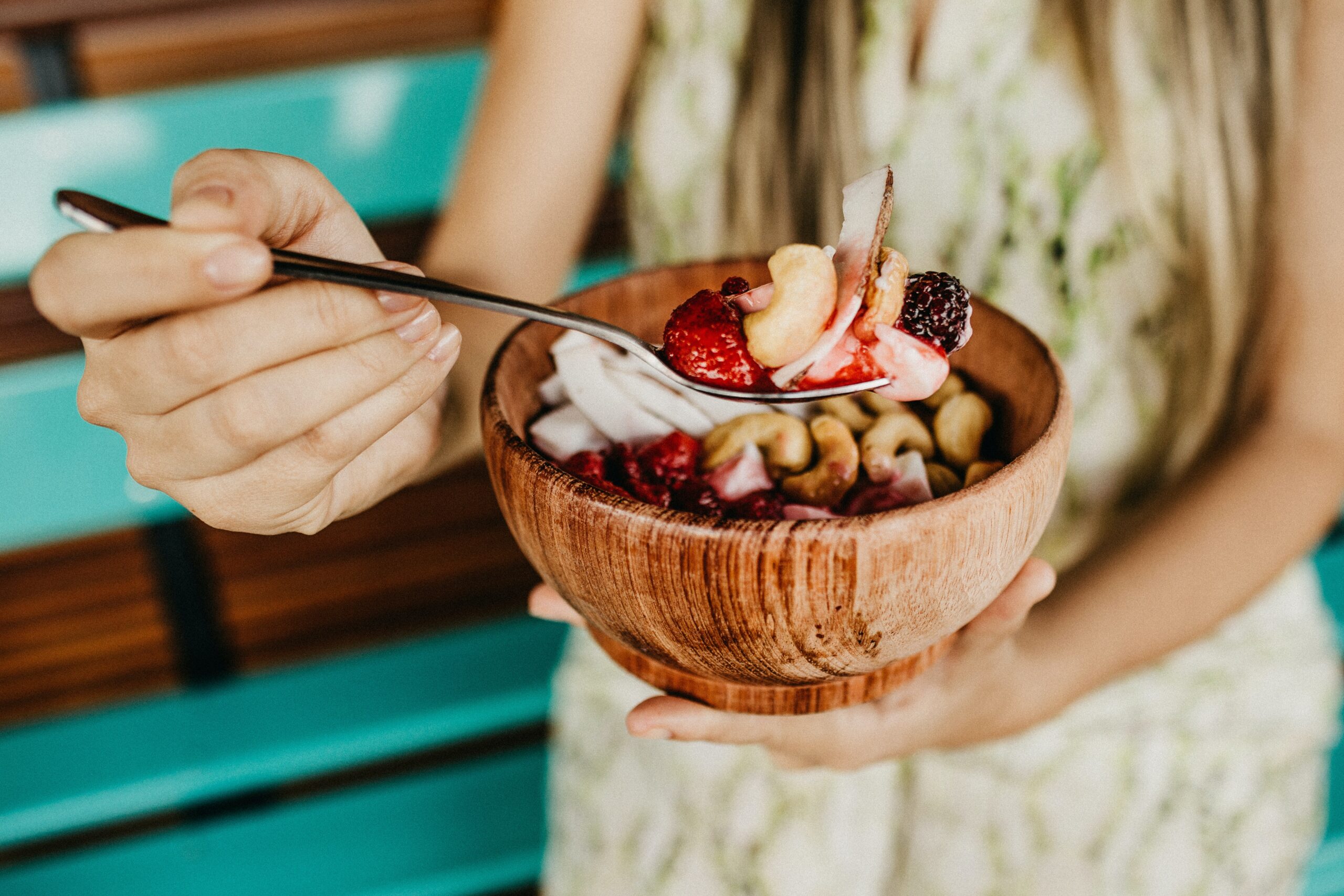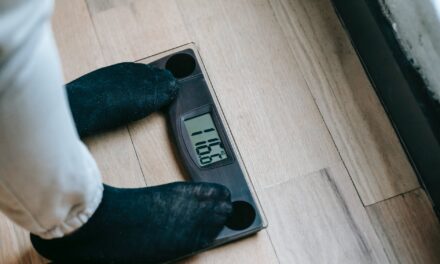It’s not uncommon for dieters to feel anxious about eating out.
After all, nobody wants to blow their hard-earned progress on an impulsive, forgettable splurge. But the WORST things you can do in response to this are also the most common things people do:
Mistake #1: Eating “healthy” and hoping for the best
There are plenty of reasonable healthy items on the Cheesecake Factory menu that are well over 1,000-1,200 calories. If you’re a woman with fat loss goals, this might be 75% of your calories for the entire day—not including a drink, appetizer, dessert, or meal that you have prior. So you can imagine how detrimental it can be to completely wing it and be out of touch with the numbers.
I liken this to being “price conscious” on a shopping spree and not checking price tags. You wouldn’t ever expect to get out of debt this way.
Mistake #2: Throwing in the towel before arriving
Some people get so overwhelmed with the idea of navigating a menu or saying “no” to food or drinks that they throw in the towel before even arriving at the restaurant, and justify this (internally) by assuring themselves they’ll “get back on track” after the meal is over.
And while there’s nothing wrong with the occasional “conscious splurge,” where you choose to not track a fun meal out (with reasonable expectations of progress afterwards), you can’t do this on a regular basis and expect to make progress.
Mistake #3: Slashing your tires after getting one flat
Imagine driving on the highway with a friend who gets a flat tire. What would you do if they pulled over, assessed the damage, and decided the only reasonable course of action was to slash the other three tires?
You’d think they were nuts.
So why do you keep doing the nutritional equivalent and having fourteen pieces of bread and butter because you “caved” and had one piece you weren’t planning on*? There IS a middle ground between perfection and recklessness, and successful dieters make every effort to live in it.
*Sometimes, a dieter’s inability to reel things in after a small splurge is a sign their usual diet is too restrictive—which is why I have my VIP Coaching clients splurge on a fairly regular basis: so it becomes less of a big deal.
Mistake #4: Not framing things properly
If you’ve ever turned down food (or drinks) by saying, “No, I can’t have that,” you’re setting yourself up for a resentful transformation process, in that you’ll feel frustrated with your “inability” to have the things you want.
Instead, you should be saying, “No thanks, I’m choosing not to,” which is what’s really happening: you’re choosing better health, faster fat loss, and a myriad of other benefits over a splurge—and “future you” will be glad you did.
Take it from these clients, who chose future versions of themselves over forgettable splurges on a regular basis:
If you want to do the same, and no longer let meals out (or ordering out: the same “rules” apply) be your downfall, here’s how to do it:
1) Nail your “other” meals
Your “other” meals are the meals you’re personally cooking before or after your meal out. If you don’t get these right, you might end up in a fairly massive “calorie surplus” for the day—even if you eat really healthy. And being in a massive surplus (which isn’t hard to do) 1-3 times per week can easily “erase” your calorie deficit for the week, as this visual shows:

So it’s in your best interest to plan ahead and have high protein, moderate to low carb and fat meals to give yourself more flexibility during your meal out—as most meals out (even healthy ones) are loaded with carbs and fats.
Some modifications I might make include:
• Swapping eggs for egg whites
• Having fruit instead of rice
• Swapping a bowl for a salad
• Cooking with spray instead of oil
Each of these modifications either (A) reduces carb and fat intake or (B) increases protein intake—which is supremely important for mitigating hunger and cravings before a meal out.
If you need other suggestions for the latter—which you definitely do if you think eggs, nuts, and protein bars are good sources of protein—you can request a complimentary copy of the One-Stop Nutrition Guide (my go-to nutritional resource for new clients):
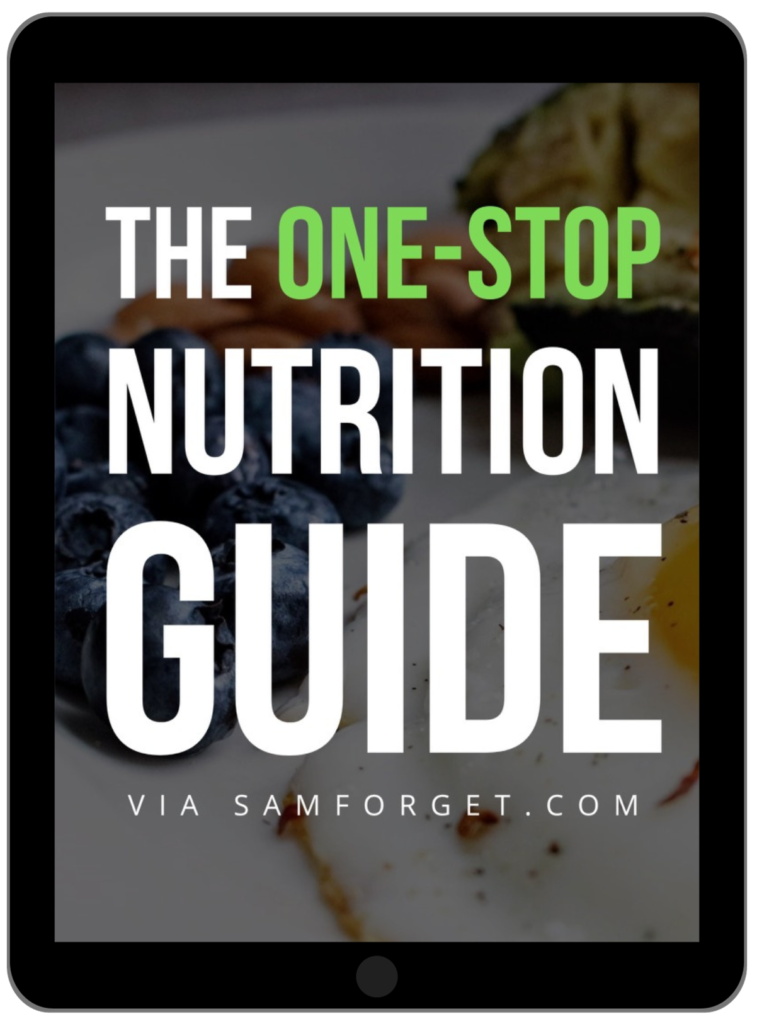
2) Try "loose" intermittent fasting
This doesn't have to be nearly as rigid as most intermittent fasting advocates suggest, where you're eyeing the clock to see if you're in your "feeding window" and "allowed" to have food.
Instead, you can take a looser approach, where you sip water and block coffee after you wake up instead of heading straight to the fridge. Technically, you won't get some of the physiological benefits (like improved digestive health and reduced blood sugar) of a "true" 16+ hour fast, but this slightly reduced feeding window will:
✓ Improve your hunger tolerance
✓ Make it easier to eat fewer calories
Which makes it worth your while to toy with.

Black coffee (an acquired taste, if you don't already drink it) is typically fair game during a fast
3) Eat right before arriving
Some dieters take the first two strategies too far, and don't eat until midday or early afternoon—at which point, they eat nothing but chicken breasts and a protein shake in order to bank as many calories as possible for their meal out. This sets them up to experience what I call the "Hunger Slingshot," where hunger gets so extreme, you eat well past the point of being satisfied (until you're Thanksgiving stuffed).
You can avoid this by taking a much more moderate approach, and actually having a small, protein-dense meal right before you meal out. This will take your hunger from an "8" to a "3" and allow you make much more sensible decisions while focusing on the people and your environment as much as the food itself.
4) Drink water throughout
Even if you're ordering a drink, it's in your best interest to drink water before and during the meal. If you don't, you're putting yourself in a position to confuse dehydration with hunger (as many dieters do) and eat mindlessly throughout the meal.
So I recommend (A) drinking about half your bodyweight in ounces on a daily basis so you never let yourself get dehydrated in the first place and (B) never beginning your meal or drink until you've had at least one full glass of ice water—then sipping on another glass or two throughout the rest of your meal (to slow yourself down).
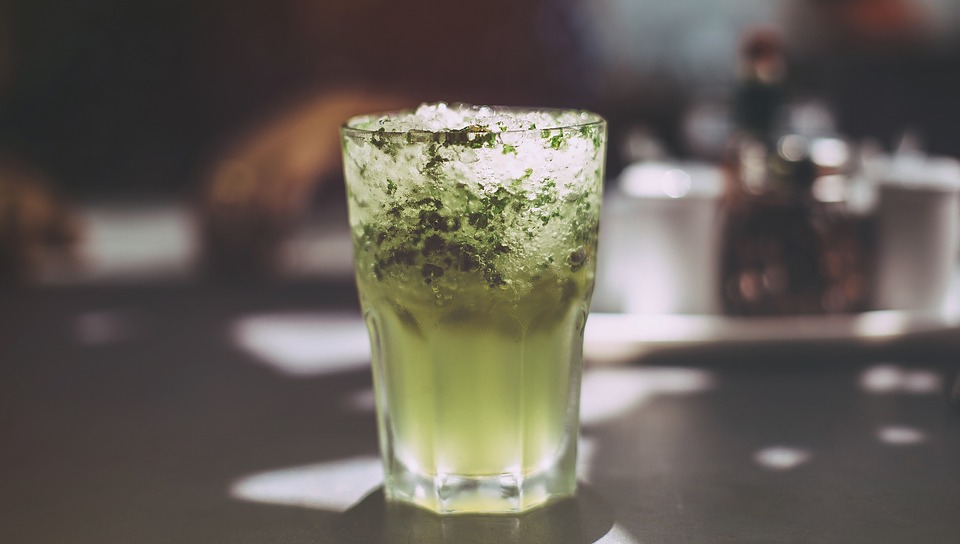
Generally speaking, liquid calories are non-memorable and not worth it
5) Be WAY more selective with your order
As I alluded to before, many restaurant entrées—even healthy ones—have 1,200+ calories. If you add a drink, appetizer, or dessert to this, you might be looking at 1,500-2,000+ calories in a single sitting (often significantly more). So there's no way around the fact that you're going to have to choose which of these are most important to you and forgo the rest.
If you really want to drink, you may need to order a "boring," protein-dense entrée. And if you really want a dessert, it probably doesn't make sense to order a drink beforehand. Nevermind appetizers, which are typically "entrées in disguise" (when considering portions and calorie totals).
Many people get frustrated with this, and don't want to miss out on fun splurges—at which point, I remind them:
✓ You're almost definitely in a situation where anything you're "missing out on" can be ordered at another time, so it's not the restrictive emergency you're making it out to be.
✓ To order what they're there for. For example, steak from a steakhouse (not fries). Or a pasta dish from an Italian place (not cake). Or ribs for a barbecue joint (not beer).
You never leave a restaurant raving about the peanuts they put out before the meal, or mediocre fries they microwaved before they got to your table. So start operating with some perspective and be willing to sacrifice at least a little for your goals.
6) Consider a fat loss friendly option
Most of the strategies I've covered are for scenarios where you're splurging and want to make room for it. But people who eat out often (3+ times per week if you're dieting) need to come to terms with the fact that they can't splurge every time they go out (if they're remotely interested in making progress).
They also need to understand the difference between healthy meals—which can be extremely high calorie, despite being nutritious—and fat loss friendly meals, which are generally low in calories and high in protein.
In a perfect world, a meal that's health and fat loss friendly will be ordered (so you feel good AND stay on track), and I go over exactly how to do this in this video:
7) Eat in the "correct" order
If you struggle to get full, it's worth looking at the order you're eating your meal—as things typically don't end well when you dive headfirst into your cheesy potatoes the second they're served. Instead, you'll want to:
✓ Begin with water, so you slow yourself down and avoid confusing dehydration with hunger.
✓ Move onto vegetables (which shouldn't be an anomaly while eating out), which typically fill you up the most for the fewest calories.
✓ Have your protein, which is the most filling macronutrient (relative to carbs and fats).
✓ Finish with your carbs and fats, and consider leaving them unfinished if you're not still genuinely hungry.
A specific example of this would be at a steakhouse, where you drink water before ordering red wine (which you'll sip on throughout the meal), then have steamed broccoli, then the steak, then the mashed potatoes.
8) Box half your meal right away
If you order something not-so-healthy, and don't want to overdo it, consider asking your server for a box right away. Trust me when I say they don't care enough about you or your meal to judge you for it.
I actually learned this strategy from one of my clients, who recognized that environment dictates behavior, and knew he'd continue picking at his plate until he left if it was in front of him. He also ordered "lunch portions" and half-entrées whenever the restaurant had the option.
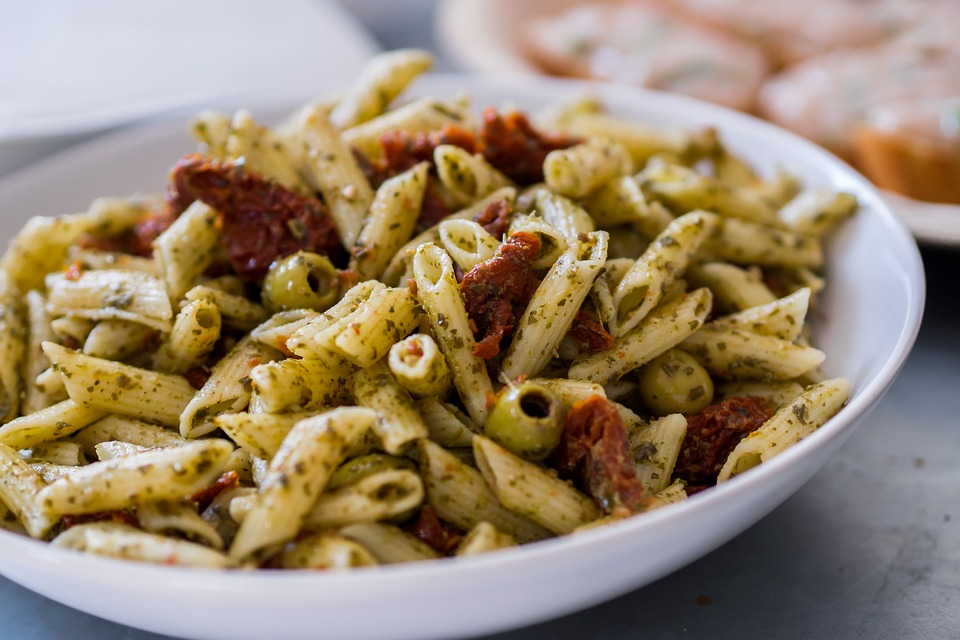
Most entrées are 2-3+ servings
9) Prepare for pressure
There's almost always going to be somebody at the table so insecure, that they comment on your healthy meal or decision to box half your meal. Know that this isn't personal (again: they're projecting personal insecurities about their inability to do what you're doing), but it IS your responsibility to put an end to it.
I have my clients follow a four step system for doing this involving:
A) Passive deflection
B) Action deflection
C) Purposeful discomfort
D) A private discussion
In a perfect world, you'll only have to use the first step or two, but you need to be prepared for the occasional jerk who doesn't back down.
———
Perhaps more important than these strategies, is what happens after the meal. Here are a few considerations:
✓ If you have a hard time "reeling it back in" after splurging while out, it's likely that your usual diet is too strict, and needs to be modified.
✓ Feelings aren't facts, and despite the fact that you may feel like you blew your progress after eating out, there's a 99% chance you didn't, and you're unnecessarily stressing (A) bloating and (B) water weight.
✓ To this point, a pound is ~3,500+ calories—so, unless you ate like a competitive eater while you were out, you're seriously just retaining water (which is nothing to panic over, or react to).
✓ The worst "reaction" you can have to a meal out is going off plan to "undo" the meal. For example, cutting calories the next day, or working out "extra" hard. This is an impatient, ineffective approach to success that fosters a horrible relationship with diet AND exercise.
———
One final consideration:
Strategies like this aren't valuable if they're not utilized on a regular basis, and most people struggle to do this without sources of External Accountability—something I offer a heavy dose of to my clients... and it produces results like this:
If you're interested in experiencing the same, and recognize that what you have been doing—relying on willpower and motivation—isn't producing the results you want, I may be able to help:

